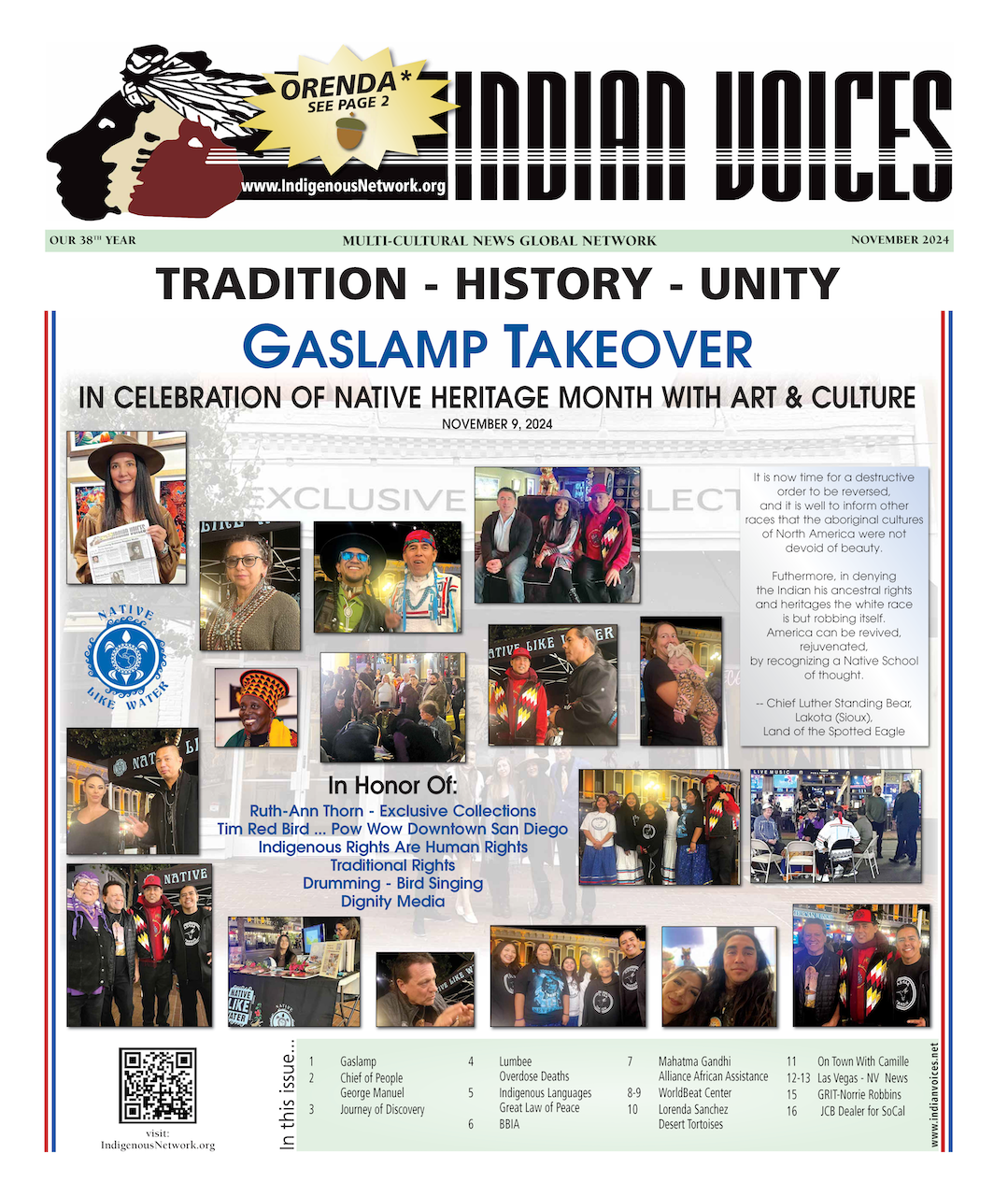by Dana George
Washington resident James Sims is an avid rock hunter. Sims is such an enthusiast that he continued to pursue his hobby, even while the suffering the effects of COPD.
“The last year I went rock hunting I was so down I couldn’t do anything,” Sims said. “I just felt terrible, but kept passing it off as something else.”
Still, Sims attempted a camping trip the following spring. “Our camping elevation was at 6,000 feet above sea level and I found it harder to breathe and was totally fatigued. I was only there one day and had to turn around and come home.”
Although he chalked it up to elevation, Sims did see his doctor. After a battery of tests, he was diagnosed with emphysema, asbestos-related pleural thickening, bronchial asthma, occupational pneumoconiosis and asbestosis, and finally, with Chronic Obstructive Pulmonary Disease (COPD).
Of the two general practitioners and six pulmonary specialists Sims visited, all by one told him that his condition was terminal. “They said there was nothing they could do for me except try to keep me comfortable,” Sims, 63, said.
Sims was puzzled by how little hope doctors offered, by the continual stories of gloom and doom. Possibly the most difficult result of his disease though, was how the diagnosis impacted him emotionally.
“It tears you up when you can’t do what you want to do,” Sims said. “Before that time I was so active that I wouldn’t let anything stop me.”
Between the time he was diagnosed in 2007 and late 2011 Sims’ condition continued to deteriorate. Because his doctors offered him no hope Sims undertook his own independent research, leading him to read about stem cell therapy.
Although he says, “Everybody I talked to told me it was a scam; this is when I felt God interceded. The first person I talked to on the Internet was from the Regenerative Medicine Institute at Angeles Hospital in Mexico. She gave me the name of a lady who had brought her mother there and felt they had helped her. I contacted the daughter and found out that at one time her mother was sick enough that she had to be bathed, dressed and fed. She’d been in and out of hospitals and could do nothing for herself.”
Sims describes his condition by 2011 as dismal. He knew that his condition had gotten to the point that his wife was going to have to take over the job of feeding and dressing him. “I was begging to die,” Sims said bluntly. Still, he continued to make weekly calls to the daughter of the former RMI patient.
“I did not want to go through traveling to Tijuana only to find out that stem cells were not working for her anymore.”
He says that he received “nothing but positive reports” each week from the family of the former patient and began to think that stem cells might be his last chance. Sims family encouraged him to take part in the RMI study. In fact, his daughters Dana Englebright and Deanna Oakley accompanied their father to Regenerative Medicine Institute, Mexico in early December. He was so sick when he left home that his wife wanted his daughters to be at his side in case he didn’t make it back to Washington.
In spite of his weakened condition, Sims was surprised by the top-notch medical personnel and facilities that met him in Mexico. Each step of his treatment was explained by Dr. Jesus Perez as Sims was considered a partner in his recovery. Sims says that he has nothing but respect for Dr. Perez and how he and his family were treated.
“When I got home, the progression was rather slow for me, or maybe I was expecting too much,” Sims said. “The patient I had been calling was actually in worse condition than me before she went to Mexico. They had to feed and bathe her and everything. She said that she felt the treatment the same day she had it.”
Sims says that his progression was different, that it took three to four weeks for him to tell “something was happening” after he returned home.
“The biggest thing I could think about before I went down there was that I wanted to die. If something couldn’t help I wanted to get death over with. Now all I could think of was that I wanted to live. I just felt, deep down, that I was going to be better.”
Today, Mr. Sims need for supplemental oxygen has decreased and he’s exercising on a regular basis. In fact, he says that he recently told his wife that there is something major happening because of the rate at which he is able to cut his supplemental oxygen.
“Different things have happened and I have taken the oxygen off and forgotten to put it back on,” Sims said with a laugh.
While he claims to “give stem cells all the credit in the world,” James Sims and his family deserve recognition for their dogged determination.
“I don’t know what I would have done without my wife by my side.”






